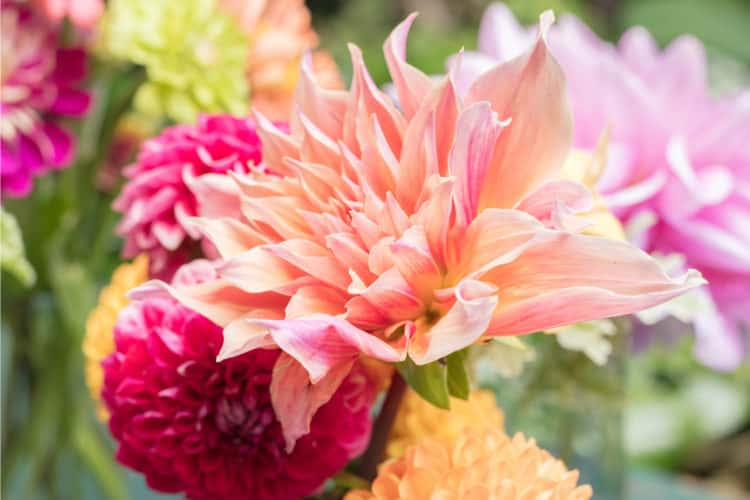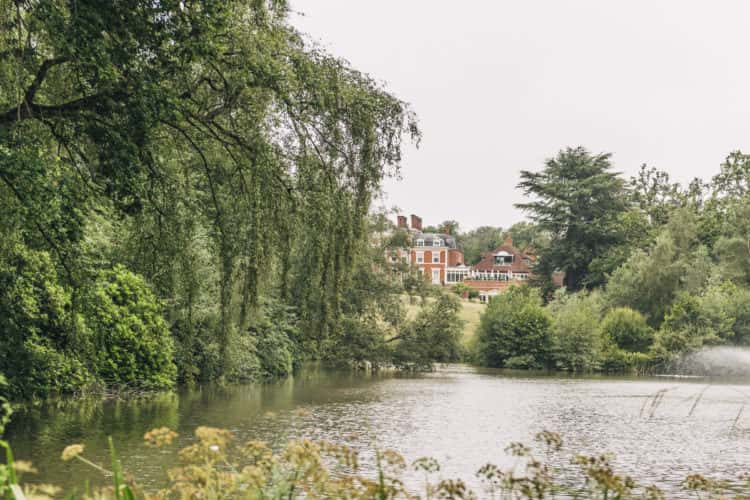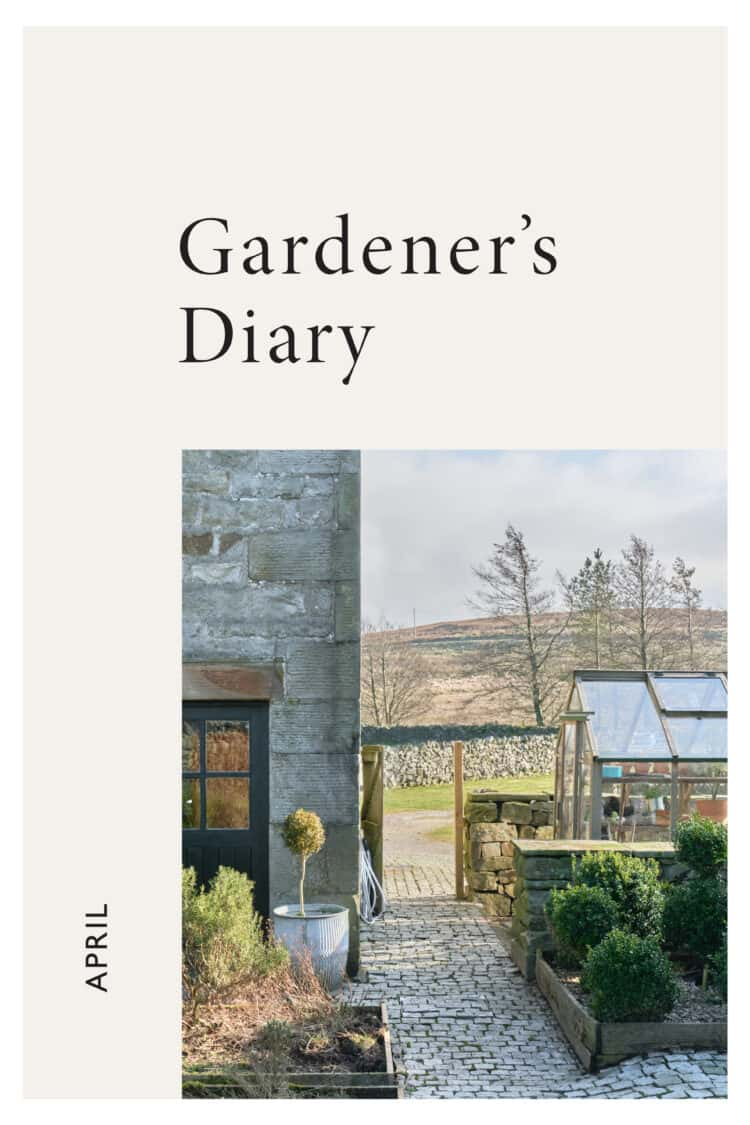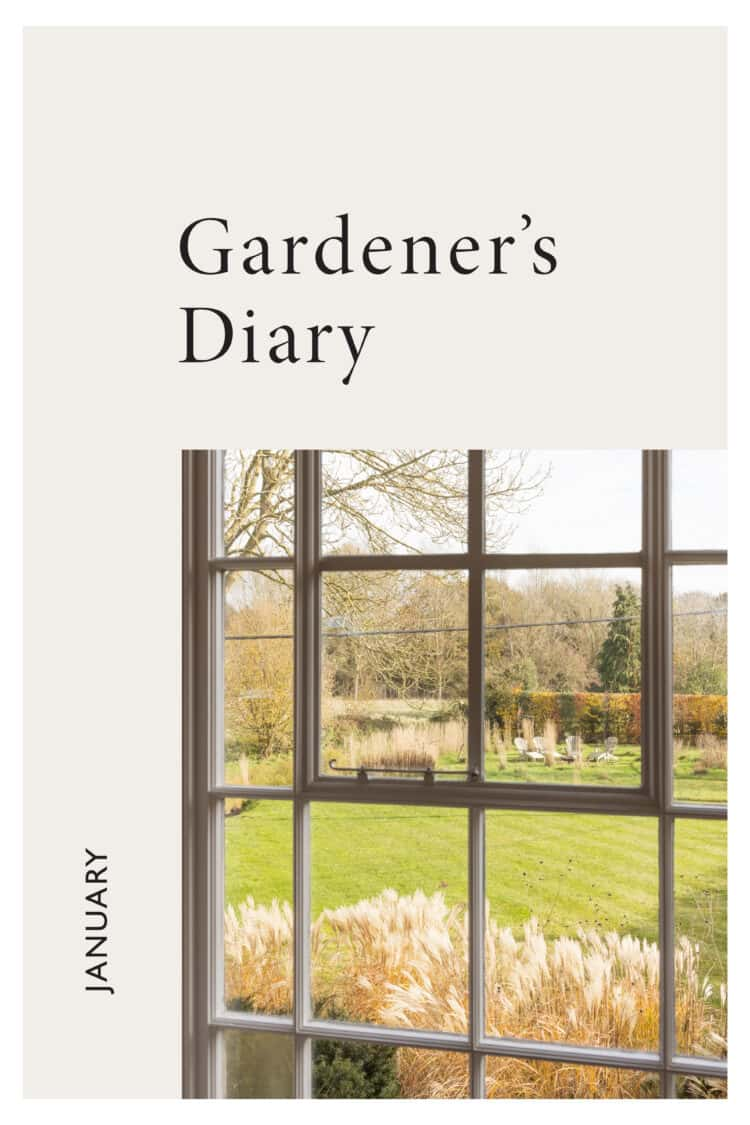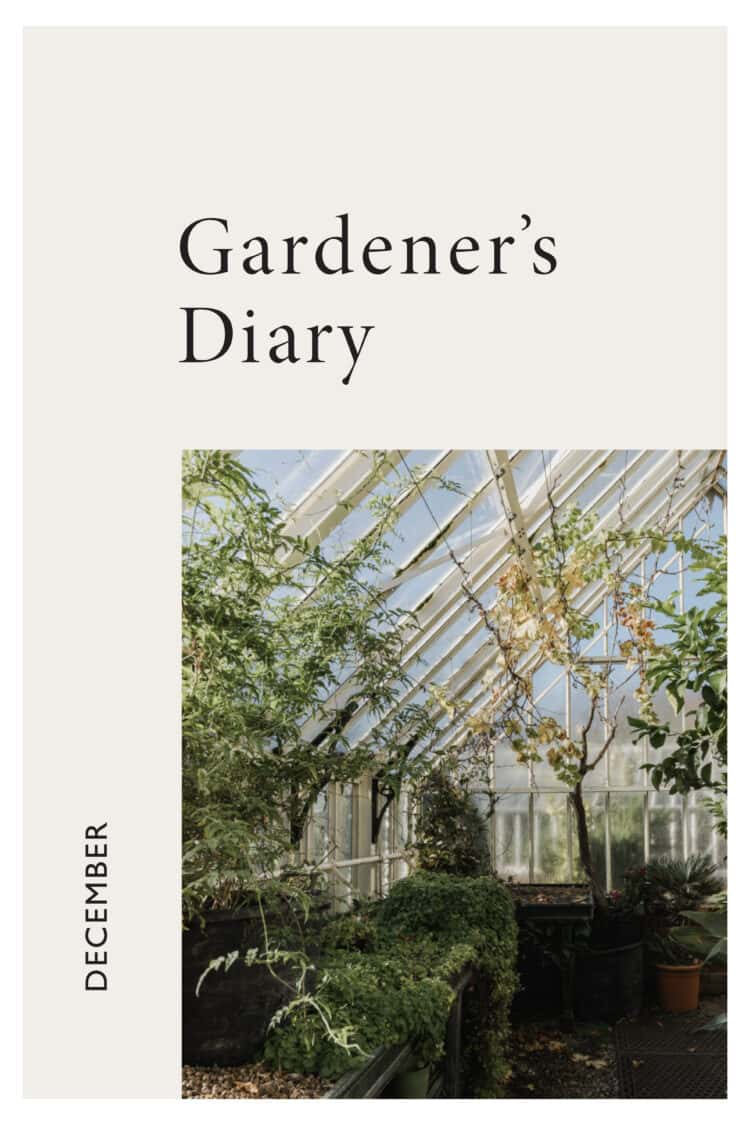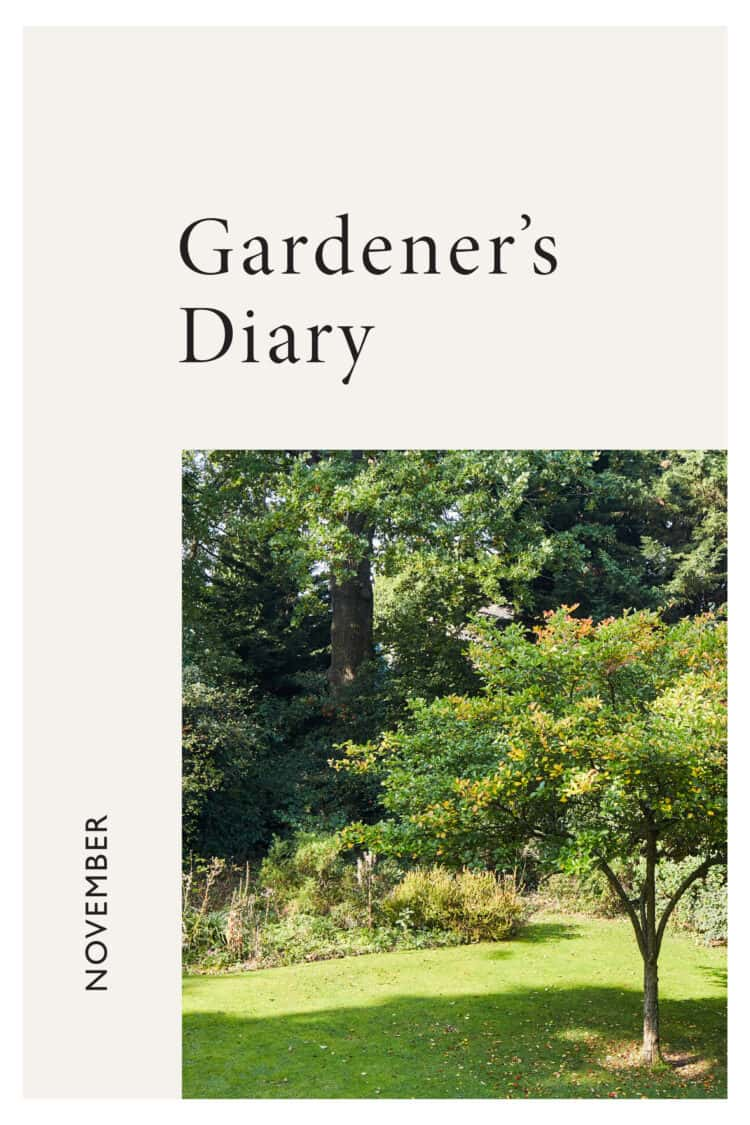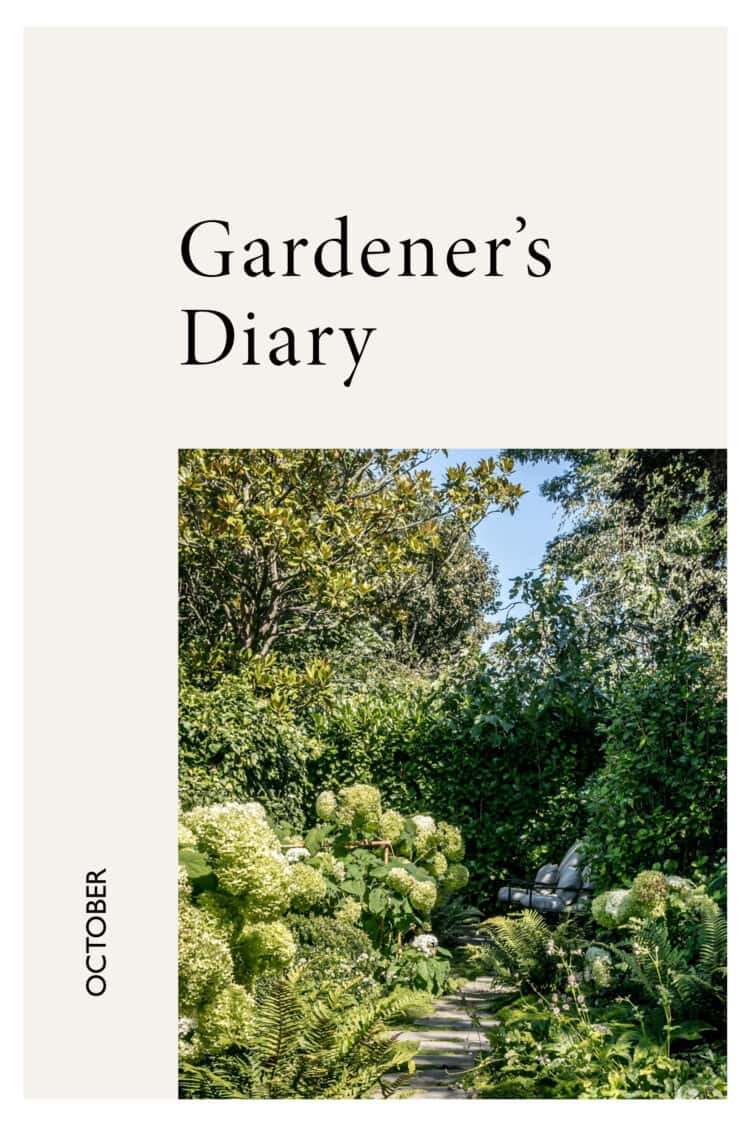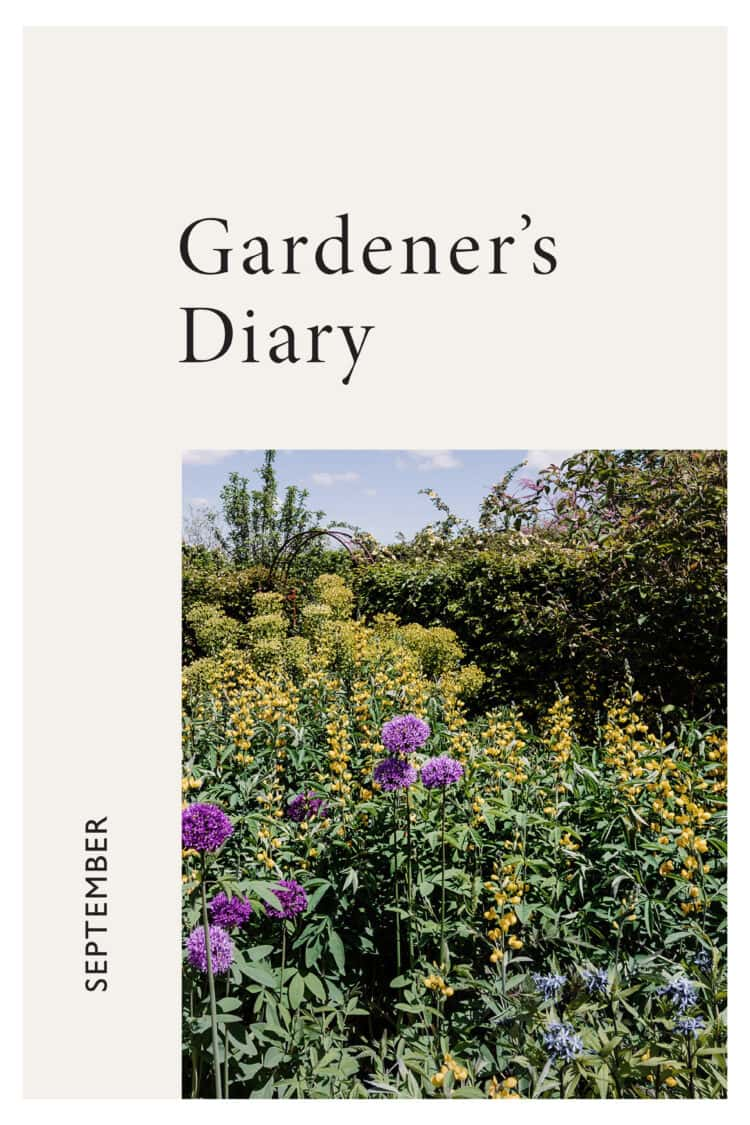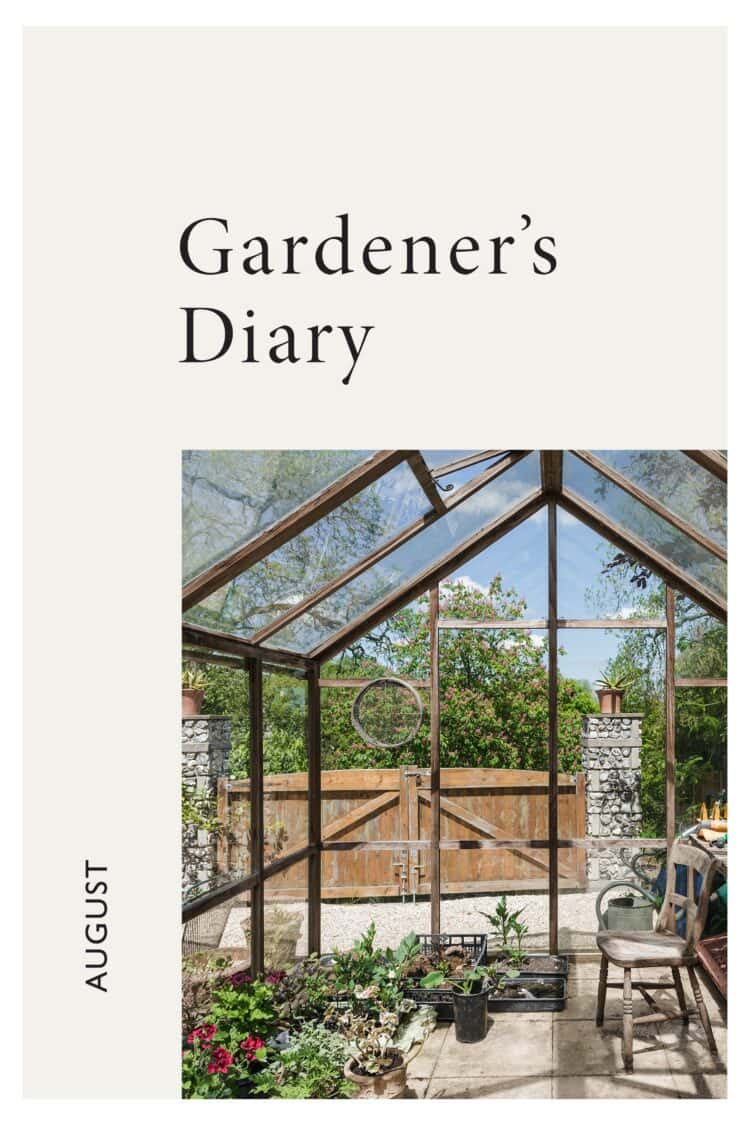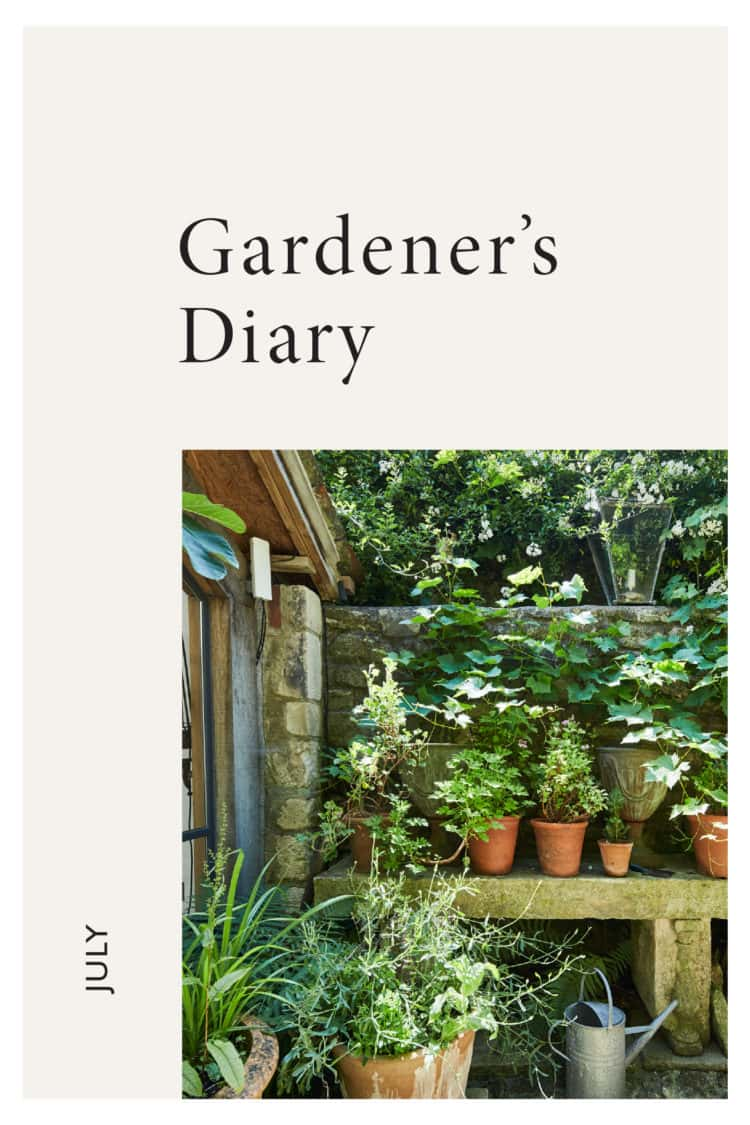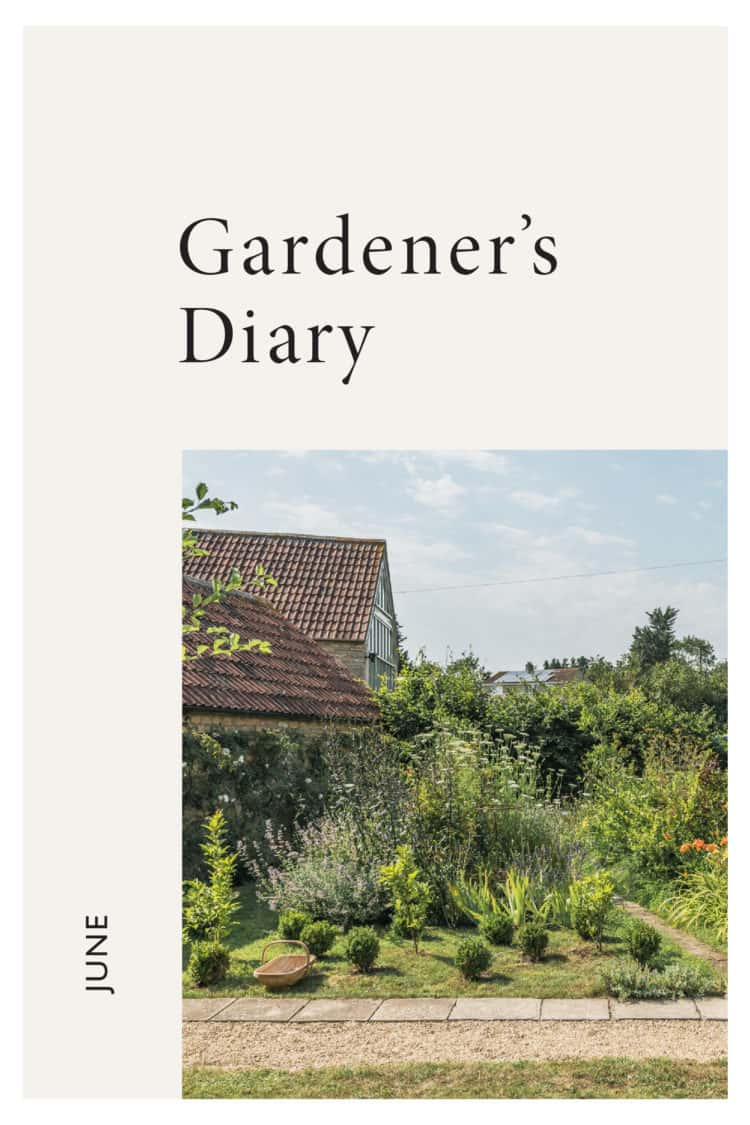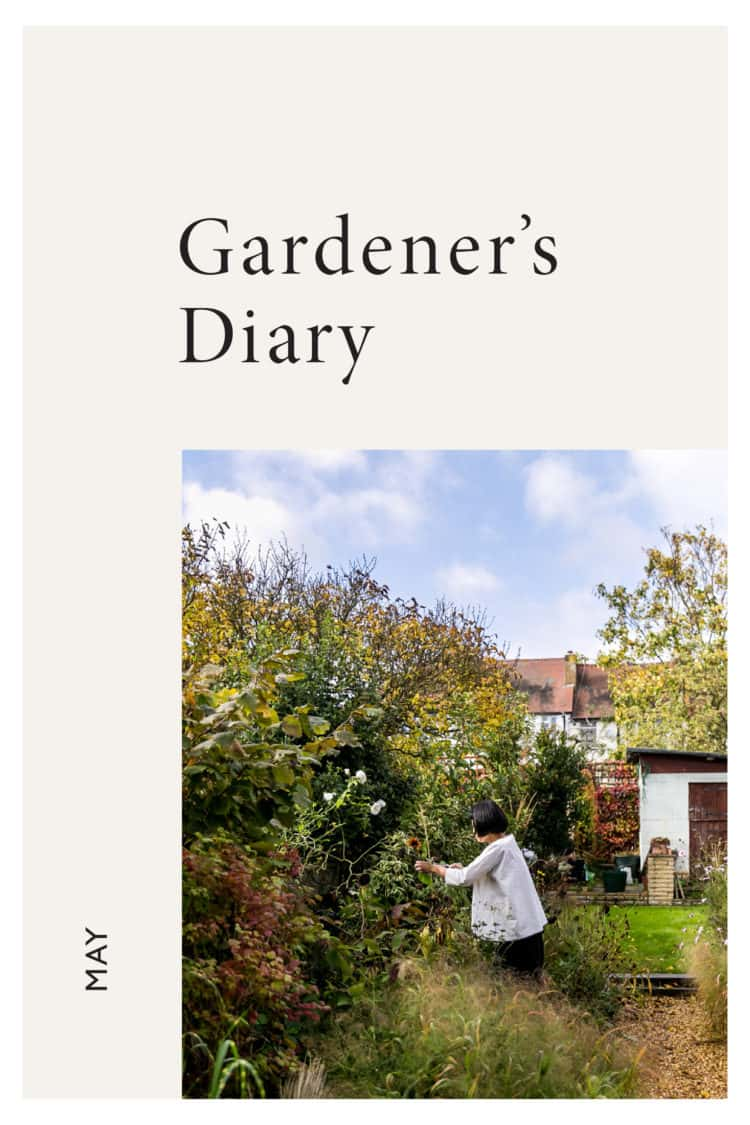Petersham Nurseries’ Amanda Brame on how to start growing flowers at home
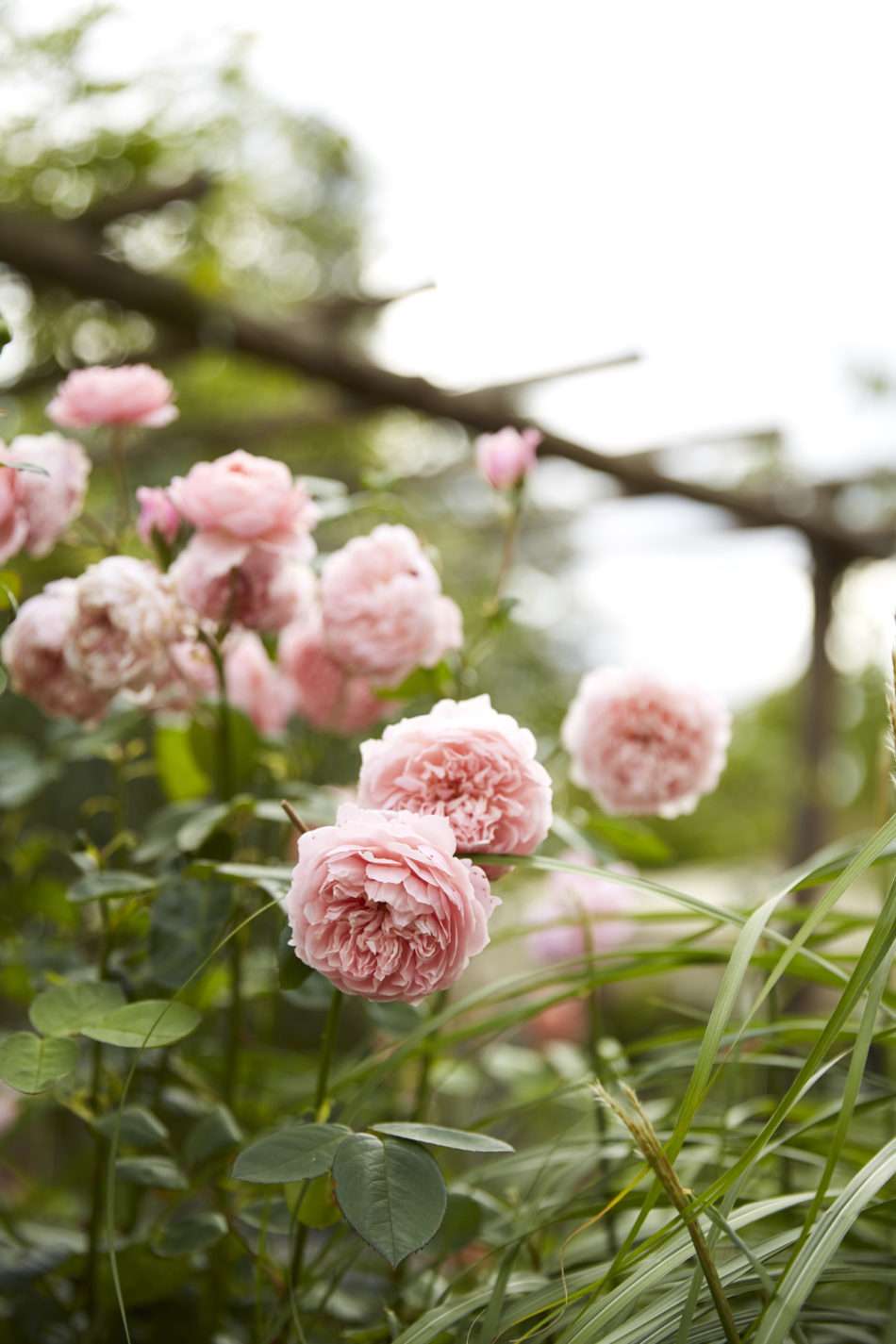
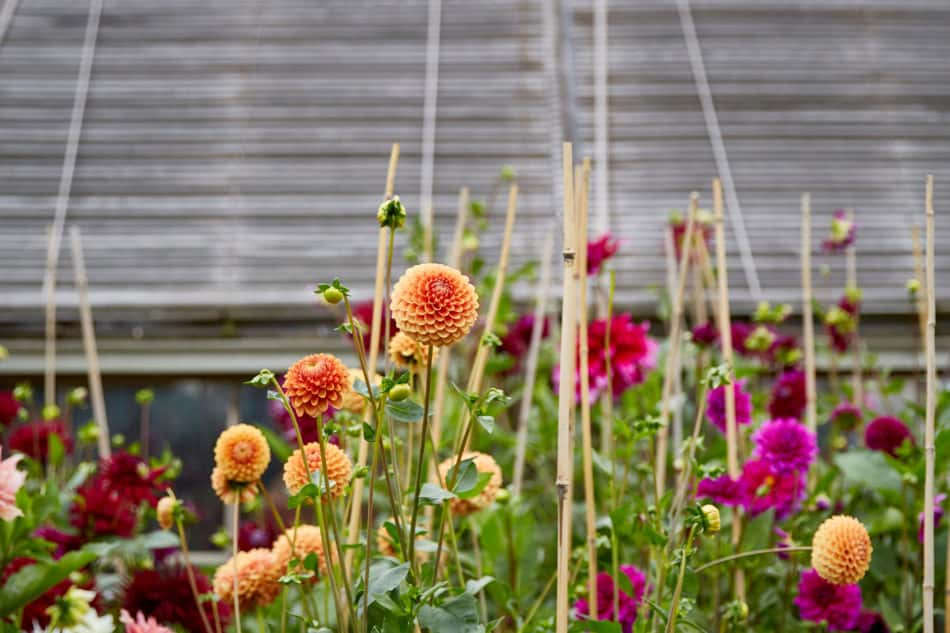

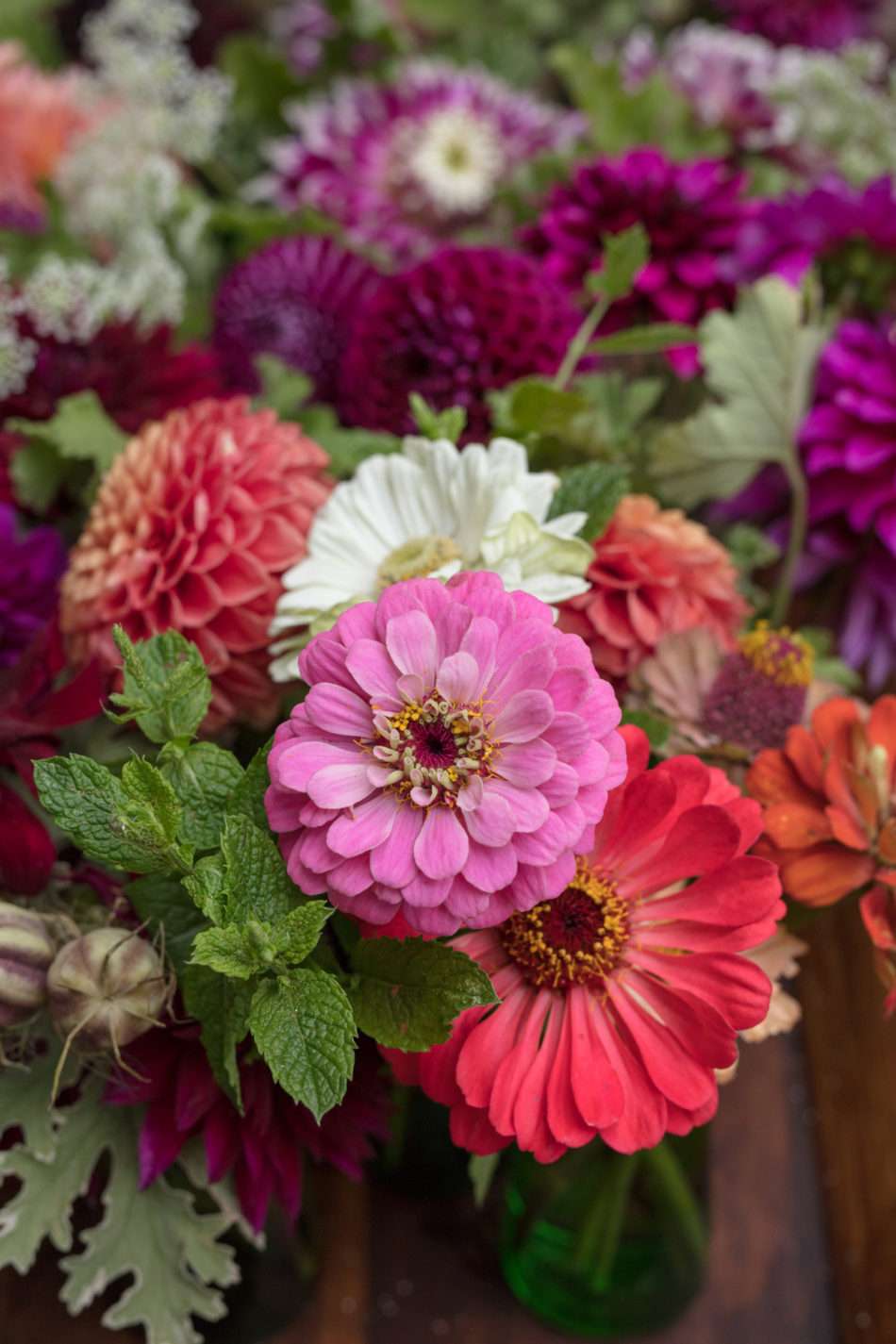
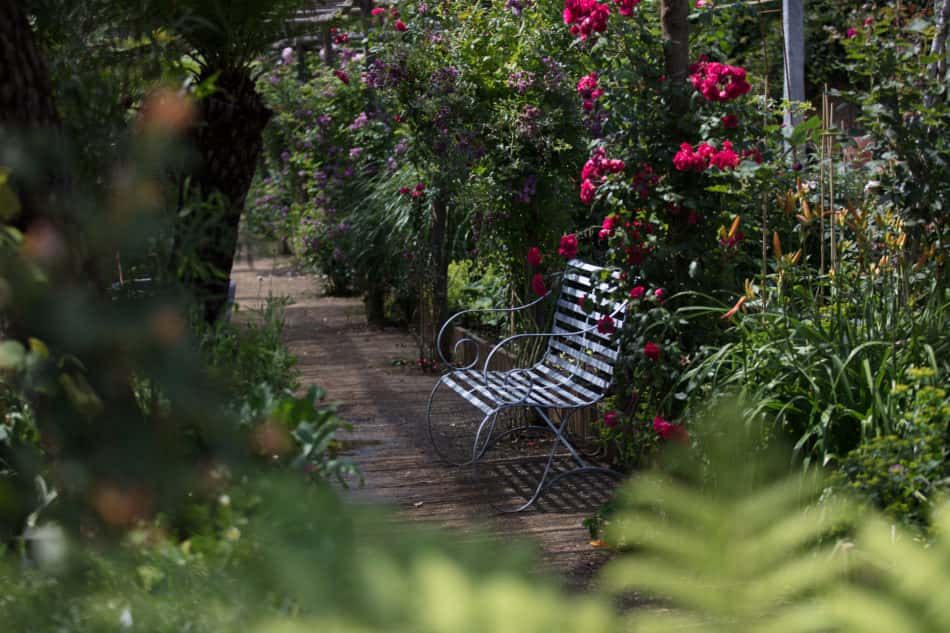
Summer got you aching for some floral action in your interiors? Horticultural Director at Petersham Nurseries in Richmond, Amanda Brame, shares her tips on how to start growing flowers at home, from getting your soil right to a seasonal guide on what to plant.
Amanda: Homegrown flowers are all the rage right now. Everyone wants British flowers, buckets full of them delivered to the door at the click of a button. But, hey, why not grow your own?
It really doesn’t matter whether you are planning a new garden, squeezing in a little cutting patch, or maybe just want a garden full of flowering shrubs all year long that you can hack back when they are in flower (aka live pruning). This is one of my favourite ways to decorate the home throughout the entire year, as how fabulous it is to bring armfuls of big branches indoors?
Scope out your plot
Growing flowers requires an understanding of your site aspect and making sure you put the right plant in the right place for it to flourish. So one of the first things to consider is the aspect. How much sunlight reaches the area you want to transform? Is the site sheltered or exposed to the wind? Have a spot in full sun for most of the day and you can plan for a full-blown cutting garden, but if you have areas of semi-shade, a mixture of both hardy annuals and perennial plants, plus a few shrubs too for structure, is a much better option. There are plenty of shade-loving plants – many are woodland shrubs and ferns. Opt for flowering climbers that can reach right up through the foliage to flower: honeysuckles, jasmine and clematis will create maximum impact.
Lay the bed
Preparing the ground is vitally important too and getting the soil right can’t be stressed enough. Consider it as the food element to healthy growth, a complex mix of vital nutrients made up of minerals, water, air, plant roots, organic matter, insects and microorganisms. The number one tip here is to add compost to the garden twice a year in spring and autumn, preferably homemade, if not use a good organic peat-free compost.
Dig
over the chosen area, gently incorporating the compost into the top 30cm or so
of soil, removing any weeds and their roots as you go. This should leave you
with a lovely open, friable soil structure. If in any doubt, always err on the
side of more is definitely better. Root systems will establish more quickly to
provide you with flowers ready for picking much sooner than a plant that has
taken weeks to get settled in heavy stony soil.
Water well
Watering is yet another important factor in flower production, and it’s worth getting into a daily routine. Morning or evening is best but be mindful and avoid watering over the foliage, as sometimes this can cause fungal diseases and stunt plant growth.
Sowing seeds over summer
As we are now in July, it’s a little too late to sow annual seeds, but I do suggest you head out to your local nursery and fill up with perennial plants, as these will reliably flower in the garden for a good few years to come. Just don’t be alarmed when you see them dying back at the end of autumn – trust me they will return, and you can expect growth to start to appear in the springtime.
July can be the perfect time to create a magnificent floral border. Nurseries are fully stocked and just physically seeing the plants in bud or flower makes creating the look you want to achieve much easier than planning it earlier in the year. Dahlias and herbaceous plants such as Salvia Amistad, Veronicastrum or Penstemons are a must to keep you in flowers right up until the frosts.
September
is traditionally the time for planting spring bulbs but sowing a patch of hardy
annual seeds at this time directly into the ground will have you organised just
like the professional flower farmers, and you can get an early crop of flowers
by mid-April.
These small
plants will sit perfectly fine over winter months and will romp away come March
when the weather warms up. Although, if like me you haven’t a spot free for
direct sowing seeds, just pop them into seed trays and plant them as small
plants into the garden as space becomes available towards the end of October.
Do the same with bulbs as these can also be popped into the garden at any time
once they are in growth.
Top of
the pick of the hardy annual list are Ammi magus, dill, cornflowers, larkspur,
borage, Nigella, Cerinthe major, and Iceland poppies. Cosmos, Zinnias and
climber Cobaea scandens are half-hardy annuals and this group must be left
until a late April sowing.
Year-round planning
Filling your garden with flowers that perform throughout the seasons is one way of discovering nature’s beautiful offerings and will have you looking forward to welcoming these old friends back inside the home and garden when they are at their best.
My
floral calendar starts in the depths of winter, picking pretty little
hellebores flowering beneath the bare stemmed winter branches of magnolia and
viburnum which are all cut to be forced into flowering indoors. Not far behind
these fellows are the vast assortment of spring bulbs which fill the garden for
three months or more from March until May, heralding with the magnificent tulip
which can be arranged alongside the early annuals that will be flowering by
then. I do have a few tulip favourites such as La Belle Epoque and all of the
impression series, but I suggest you keep trying different varieties each year
until you find your own favourites.
Late
spring arrives with the sight of cow parsley (Anthriscus sylvestris) in the
hedgerows. Always forage a few stems to bring home to arrange with pretty foxgloves
and alliums. By the time these beauties fade away, wisteria arrives and before
you know it summer kicks off with the amazing David Austin roses, climbing and
scrambling over everything in sight.
Then
it’s the turn of clematis to shine, which is also fabulous to cut and bring
indoors. For me it’s best grown alongside other climbers or large shrubs,
acting as a host plant to help it reach the sky, such as Vitis cognate,
wisteria and roses. Also by then, the perennials and sweet peas will be getting
really established, giving you endless vases of flowers.
Late
summer is dominated with Dahlia Mania, an absolute must-have cut flower – they
just keep giving and the more you cut the more will grow. These tubers are best
planted outside during May and once they start to flower in July they will
flower right up until the first frost in mid-November if you’re lucky.
